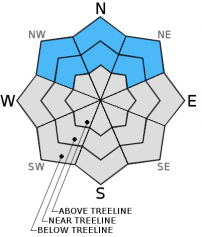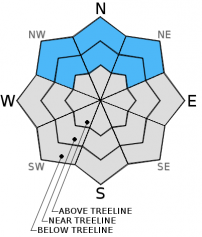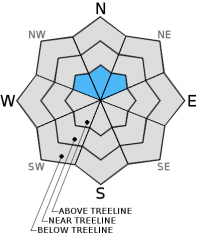| Saturday | Saturday Night | Sunday | |
|---|---|---|---|
| Weather: | Sunny skies. | Partly cloudy skies, becoming mostly cloudy. | Mostly cloudy skies with a slight chance of snow showers in the afternoon. |
| Temperatures: | 26 to 32 deg. F. | 13 to 19 deg. F. | 22 to 29 deg. F. |
| Mid Slope Winds: | Variable | Variable | Variable |
| Wind Speed: | Light winds | Light winds | Light winds |
| Expected snowfall: | 0 | 0 | 0 to trace |
| Saturday | Saturday Night | Sunday | |
|---|---|---|---|
| Weather: | Sunny skies. | Partly cloudy skies, becoming mostly cloudy. | Mostly cloudy skies with a slight chance of snow showers in the afternoon. |
| Temperatures: | 20 to 28 deg. F. | 10 to 16 deg. F. | 17 to 24 deg. F. |
| Ridge Top Winds: | Variable | Variable | Variable |
| Wind Speed: | Light winds | Light winds | Light winds |
| Expected snowfall: | 0 | 0 | 0 to trace |




























